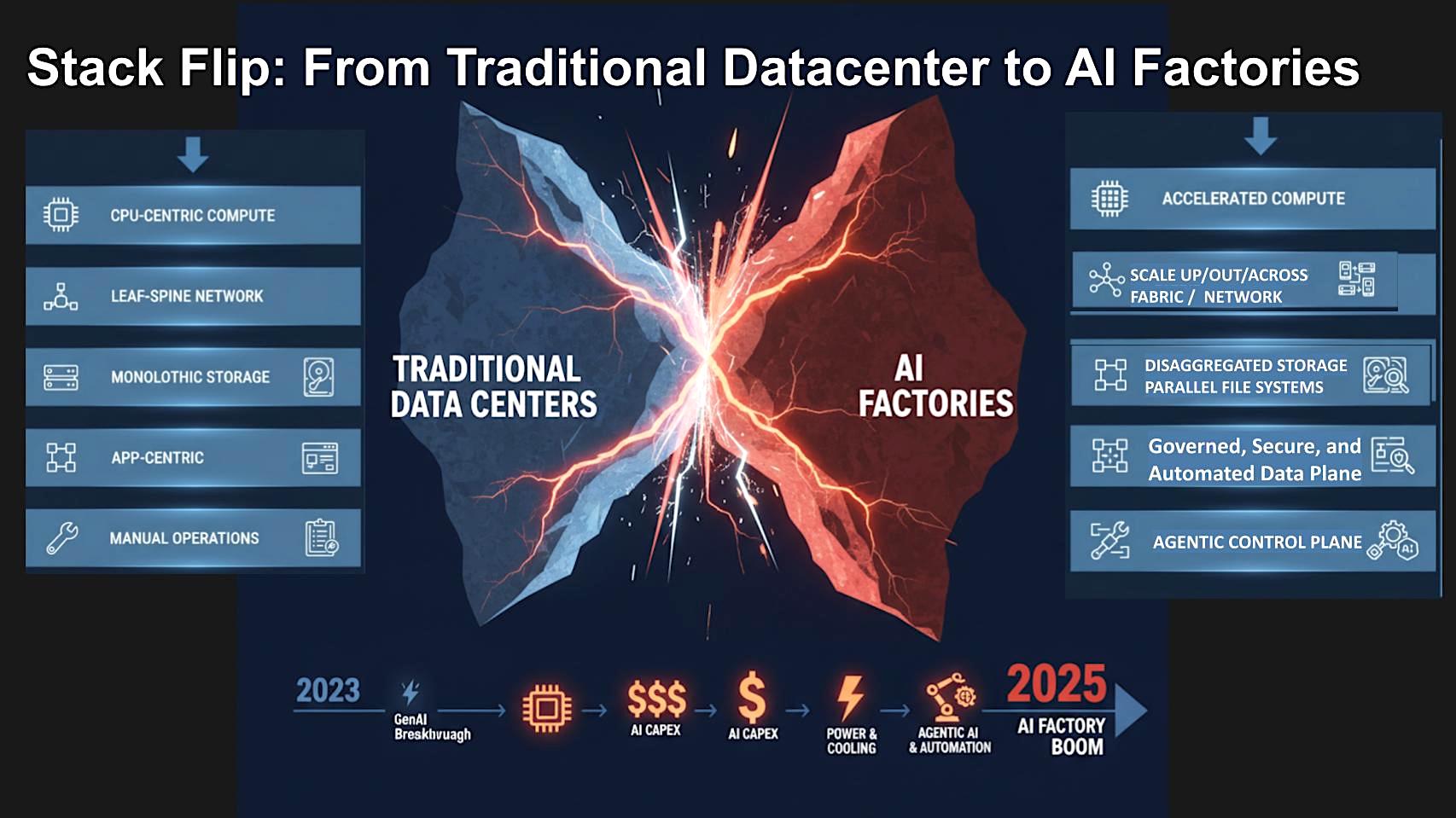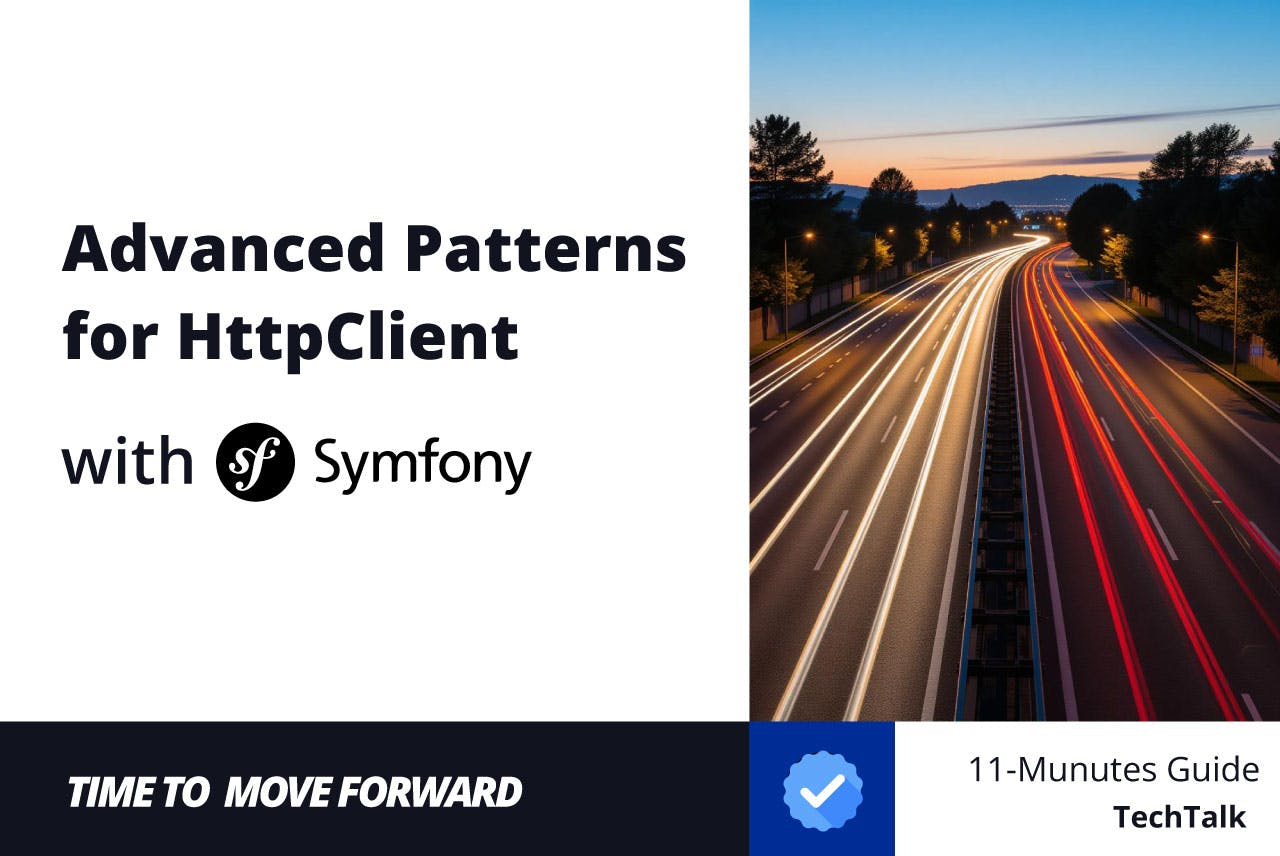Can an AI replace the way you manage crypto?
That is the question behind Nexo’s new AI, an in-app AI feature that lets users ask about balances, interest earned, recent activity, and market context in plain English. Instead of tapping through menus, you ask, and you get an answer that maps to your specific account.
The launch is not a one-off tool, it is a step in a larger product direction. Nexo says it is building toward intelligent digital asset engagement, where information and actions are surfaced through conversation. The assistant is public beta, and it is designed to learn from real usage and feedback.
Nexo’s vision is simple to state and hard to execute. The company wants portfolio management to feel like a back-and-forth with AI intelligence, not a hunt through tabs. The assistant is meant to be present across the app, available with a swipe on iOS and a tap on Android, and ready to answer questions that matter in the moment you are already working.
This approach builds on earlier steps like AI News Summary inside the app. Users who want daily signals get them as notifications, and users who want on-demand clarity can ask the assistant for a focused update. The common thread is that Nexo is moving from static dashboards to responsive, context-aware surfaces and to provide a more detailed and bespoke analysis to users.
Bespoke Intelligence for Digital Asset Management
The immediate shift is the path from question to action. If you ask, “How much did I earn on USDT last month,” the answer should include the number that applies to you and a link to the detailed earnings view. If you ask, “What is my current APY and why,” the reply should reflect your Loyalty tier and today’s rates, then route you to the right Earn screen if you want to adjust.
The assistant also handles quick hygiene tasks. “Show my last five BTC transactions” brings up recent activity you can verify. “What moved in the market today” returns a compact summary so you can decide whether to look deeper or leave it there. The goal is fewer steps and fewer second-guess clicks.
Nexo says the assistant sits across core app surfaces so it can be invoked without backing out of the current screen. That placement is critical if the tool is to become a daily habit rather than a novelty, since the friction to open it is low and the answers can deep-link to actions like earn, trade, or transfer.
Think of the assistant as a search bar that understands both your account and the wider market. It reads from internal records for balances and transactions, it references program terms like Loyalty and APY, and it can pull basic market context. The result is a direct answer, written to you, with a link to the exact place in the app where you can act.
Under the hood, this is a retrieval pattern. The model fetches the facts it is allowed to see, then composes a short and bespoke response with insights and analysis. The value is not the prose, it is the accuracy of the numbers and the speed of the handoff to the right screen specific to your account, positions and holdings. That is what turns chat from a novelty into a daily tool.
How it likely works under the hood
Although Nexo has not published a full architecture note, the behavior described is similar to a retrieval pattern where the model is allowed to read specific, permissioned views of account data and product catalogs, then assemble a curated response, bespoke to the user’s account. In practice, this means the assistant draws from internal records for balances and transactions, real-time market feeds for prices and dominance, and a curated analysis.
This is different from generic finance chatbots that operate only on public web search or a static FAQ. The key design choice is scoped access to the user’s own data, which raises both utility and responsibility. With scoped access, the assistant can answer “What did I earn yesterday” accurately. Without it, it can only explain how earnings work in theory.
For users, the mental model is simple. Ask a question as you would to a support agent, get a direct answer with numbers pulled from your account, and tap through to act. The proof will be in latency, accuracy, and how often the assistant chooses to ask for clarification rather than guess.
How this compares with the current landscape
Most crypto “AI” features to date have focused on two areas, support automation and market summaries. Those tools can answer, “What are your withdrawal fees,” or “Why is my verification pending,” and they can condense headlines. Nexo’s assistant targets a harder class of queries, the ones that require joining account data, loyalty status, and product terms to produce a single answer that is actionable.
Banks and neobanks have begun similar experiments, using chat to surface spending trends or subscription alerts. The difference in crypto is that positions and rates can change faster, and users often hold multiple assets. If Nexo’s assistant reliably handles edge cases like staking lockups, that would be a notable upgrade over static dashboards.
There is also the question of scope. Today’s description suggests the assistant can inform and route, and it may not yet place trades on your behalf. If multi-turn and execution arrive later, clear review steps will be essential so clients can confirm actions before they go live.
Nexo’s scale and why that matters for reliability
Scale does not guarantee product quality, but it does affect data depth, liquidity access, and the ability to test features safely. Nexo reports more than $11 billion in assets under management and over $371 billion in transactions processed, figures that set a baseline for the amount of account activity an assistant could learn to summarize.
The firm also resumed serving U.S. clients in 2025, a return that raises the bar on disclosures, permissions, and auditability. If part of the assistant’s value is “explain this charge” or “show how my rate is computed,” then offering the feature in a larger regulatory market is a useful forcing function for clarity.
Nexo has been public about building AI into its 2025 roadmap. The assistant release fits that trajectory, alongside planned analytics for rebalancing and portfolio guidance, although any advisory flavor must be presented as informational only.
What is next from here
Nexo says multi-turn memory is on the roadmap. That means you ask a second question and it remembers what you meant from the first, so you do not need to restate details. Deeper personalization is also planned, which could allow the assistant to flag patterns like idle balances or upcoming maturities, then suggest options you can accept or ignore.
As scope expands, review steps matter. Any move into execution should include a final confirm screen, a summary of changes, and easy reversal within a short window. Clear prompts, clear limits, and clear logs will keep the assistant useful and predictable as it grows.
My take, and what to watch next
A chat layer that understands your actual account is a logical step for crypto platforms. If it works as advertised, it reduces friction for common questions and can shorten the path between insight and action. Most users do not want to learn a menu tree for each new feature. They want the number, the reason, and the next step. If Nexo keeps answers accurate and fast, the assistant can become the first place users look when they open the app. The real test is reliability in edge cases and the assistant’s ability to gracefully hand off to a human when confidence is low.
The long-term value will come from explanation, not just retrieval. When the assistant can explain why a figure changed, show the policy behind it, and guide a decision in plain language, it will save users time and reduce support load. The risk is overpromising before the model is ready. The path forward is steady releases, visible guardrails, and a clear feedback loop, as LLMs can make mistakes and it’s not particularly the developer’s fault due to the fact that LLMs are a block box to a certain extent.
I would watch for three things next. First, whether Nexo publishes a product-specific privacy and logging note for the assistant. Second, whether multi-turn context and execution arrive with clear review and undo. Third, whether the assistant can explain rate mechanics in plain language, for example, “Your APY changed because your Loyalty tier moved from Base to Silver on this date, and here is expected ROI.” Those are the moments that convert a demo into a daily tool.
Don’t forget to like and share the story!
:::tip
This author is an independent contributor publishing via our business blogging program. HackerNoon has reviewed the report for quality, but the claims herein belong to the author. #DYO
:::











